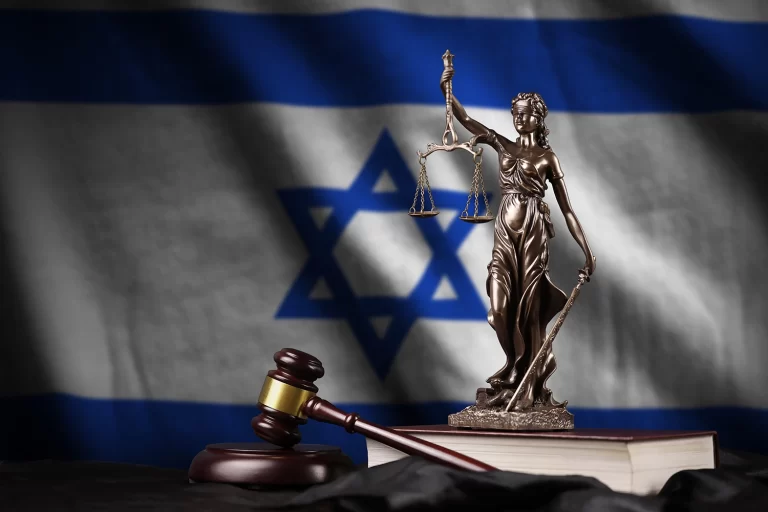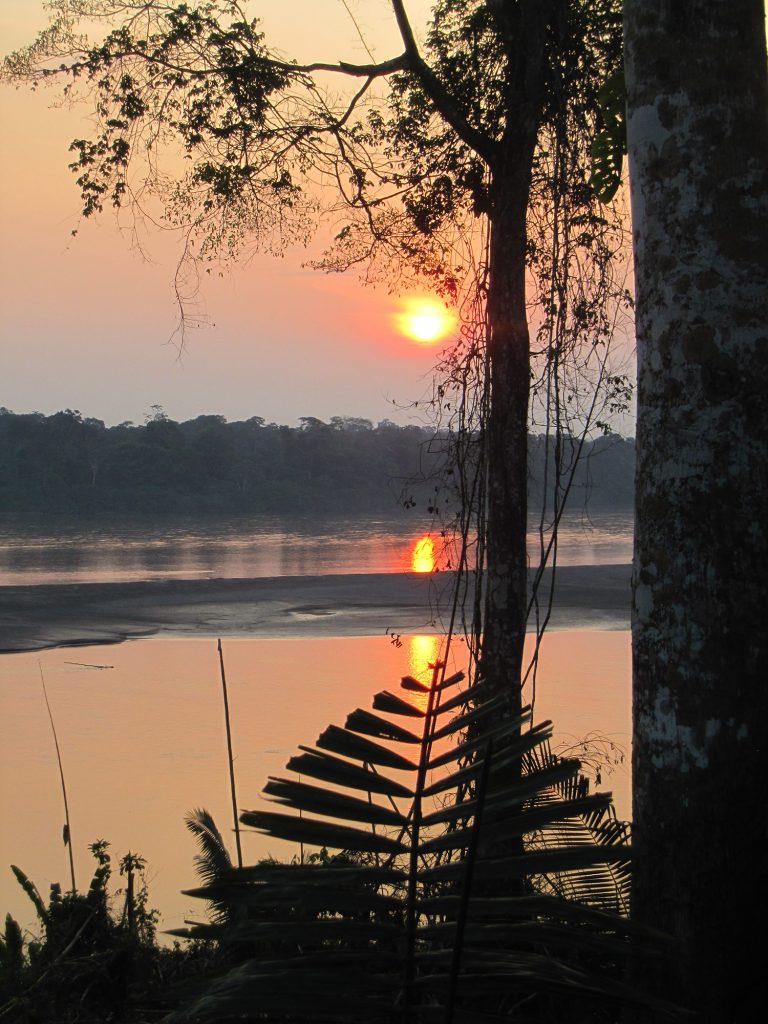We call upon the federal government, in collaboration with Aboriginal peoples, to establish, as a statutory holiday, a National Day for Truth and Reconciliation to honour Survivors, their families, and communities, and ensure that public commemoration of the history and legacy of residential schools remains a vital component.” September 30th is the answer to this 80th call to action from the Truth and Reconciliation Commission.
What does that mean for non-Indigenous Canadians? What can we do in our lives to honour survivors and remember that not every child made it home from school? We can wear an orange shirt – because this day is also Orange Shirt Day. This can spark conversations – and hopefully it will; in coffee shops, at water coolers, in lunch rooms all over the nation. Canadians can talk together about this dark chapter, but more importantly, we can talk about how things can be better. We can talk about reconciling. It is important to remember that reconciliation is only possible if we tell the truth and approach Indigenous People(s) with compassion and open-heartedness. But we can also do more than wear orange. We can learn something about the Indigenous history of the place where we live, we can learn more about the impacts that residential schools have had generationally. We can reflect on, and build empathy for, the ways that trauma is passed on from one generation to another, not only for Indigenous People but for all of us. Being grounded to our ancestors, our roots, our cultures, can be grounding and provide healing – which is why its so important to preserve Indigenous ways and cultures. Perhaps you can think of ways to help support that in your community, workplace, or nationally. We can always learn. There will be opportunities throughout the day to learn about residential schools and Indigenous cultures on APTN and other national networks, there are always many films on NFB, and there may even be events in your community that you can attend.
It’s up to all of us to take action on this National Day, but also every day. If this is the beginning of that journey for you, we celebrate that with you! #inclusion #diversity #equity #antiracism #nationaltruthandreconciliationday
Kristin Jones is a friend of DiversiPro and PhD candidate at Trent University in Canadian Studies, hoping to take the work of the Royal Commission into Aboriginal Peoples from 1996 off the shelf.



